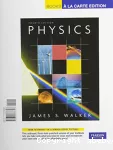1 Mixing in the food industry: trends and challenges
1 Mixing in the food industry: trends and challenges
+
-





